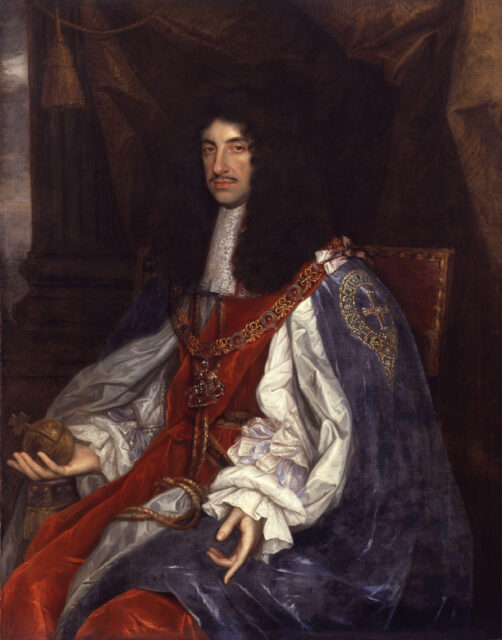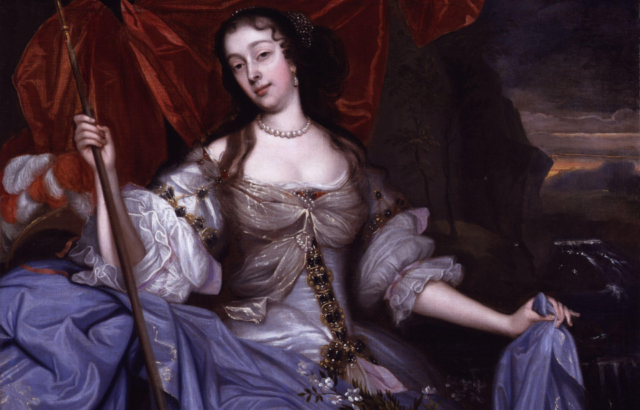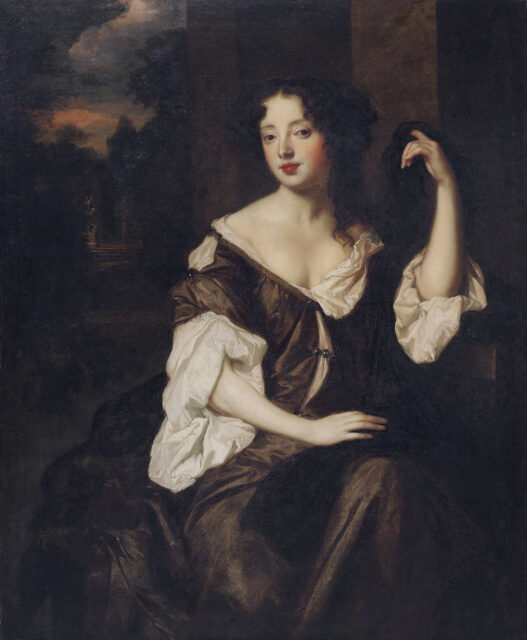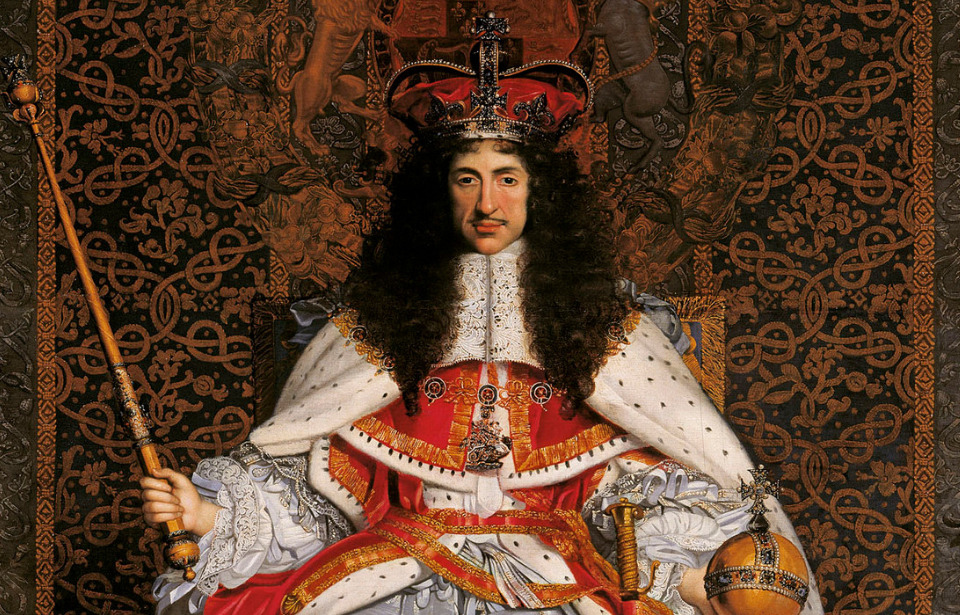On February 1, 1685, feeling better after a period of illness, King Charles II wanted to have some fun. He headed down to the Whitehall apartments of Louise de Kérouaille, his mistress. What followed was an evening that could only be described as incredibly raunchy. A French boy sang love songs, while for those inclined to gamble, £2ooo worth of gold was up for grabs. Mistresses were abundant among the king and his courtiers.
Becoming ill again and dying on February 6th, it was ultimately to be Charles’ final fête, although it certainly was not the Merry Monarch’s first.
Reign of Charles II
Charles II was King of Scotland from 1649 until 1651 and reigned over England, Scotland, and Ireland from 1660 to his 1685 death. His reign marked a significant period in British history, characterized by the restoration of the monarchy following the tumultuous era of the English Civil War and the Interregnum.

One of the defining features of Charles’ reign was his ability to cultivate a relaxed and jovial atmosphere, earning him the moniker the Merry Monarch. This contrasted with the stern and puritanical rule of the Commonwealth, and it ushered in the Restoration Period.
Despite the outward merriment, Charles faced numerous challenges during his reign. The restoration of the monarchy brought about debates regarding the balance of power between the king and Parliament. This period also saw wars and alliances with various European powers, and it was early on in his reign in 1666 that the Great Fire of London devastated much of the city.
Perhaps one of the greatest challenges of Charles’ reign was himself, an outrageous womanizer.
The debauchery of Charles’ reign
Charles was well known for his amorous nature and had numerous love affairs throughout his reign, despite being married to Catherine of Braganza from 1662 until his death.
Charles’ romantic entanglements were a source of fascination and scandal and certainly added color to his nickname, the Merry Monarch. These affairs began at an early age, when Charles reportedly lost his virginity to Christabella Wyndham, his former wet nurse, when he was 15 and she was in her late 30s.

One of Charles’ most famous love affairs was with Barbara Palmer, Countess of Castlemaine, later known as the Duchess of Cleveland. Their relationship began in the early years of his reign and lasted for over a decade. The affair resulted in five children and gave Barbara so much power and influence she was referred to as “The Uncrowned Queen.”
Another notable love interest of Charles’ was Louise de Kérouaille, Duchess of Portsmouth. Louise met Charles through Henrietta Anne Stuart, the King’s sister. Their affair began in the late 1660s and lasted until the end of his reign. Louise received titles and money allowances from Charles, which included £136,000 in 1681 alone.
Famous liaisons
Nell Gwyn, a popular actress, was another prominent figure in Charles’ love life. Their relationship began in the early 1660s and endured until the king’s death. Nell was known for her wit and charm, and she seemed to capture his heart with her vivacious personality. Charles was so taken by her that he had a risque portrait of Nell hidden in his bedroom. Before his death, Charles requested that his brother take care of Nell, which he did. This included an annual payment of £1,500.

In addition to these well-known affairs, Charles had numerous other liaisons and mistresses, including Moll Davis, Hortense Mancini, and Catherine Pegge, among others. It has long been rumored that Charles had a special wig made from the intimate hairs of his favorite mistresses, although if true, the hairpiece has been lost to the ages.
All of his extramarital relationships were characterized by passion, intrigue, and political ramifications, as they often involved alliances, rivalries, and tensions among the courtiers and aristocracy.
One example of Charles’ affairs going too far was in 1667 when a Dutch fleet sailed up the River Medway and bombarded the English fleet at anchor. Charles was reprimanded for having spent money on lavish and luxurious jewelry for Barbara Palmer instead of investing in the Royal Navy. Such instances did not stop him from indulging his mistresses with gifts from money and jewelry to titles and estates.
More from us: The Corpse of Drew Barrymore’s Grandfather Was Stolen for One Last Celebration
Charles’ affairs resulted in the birth of many illegitimate heirs. This, in turn, resulted in James II, Charles’ brother, ascending to the throne following his death in 1685.
